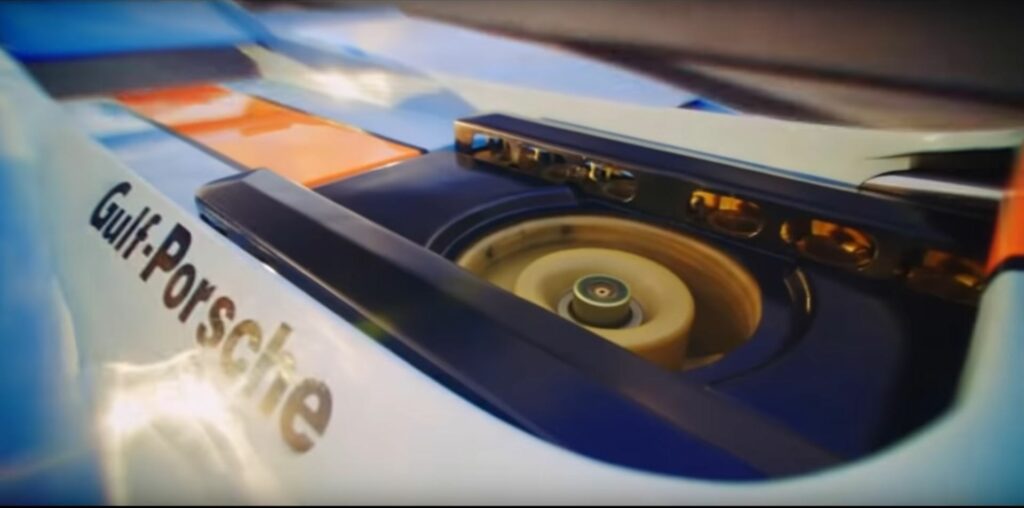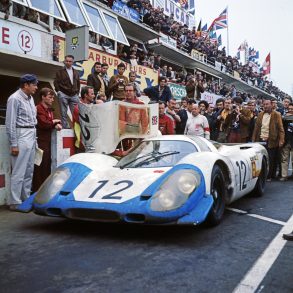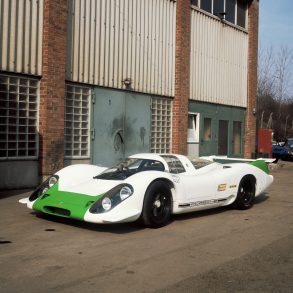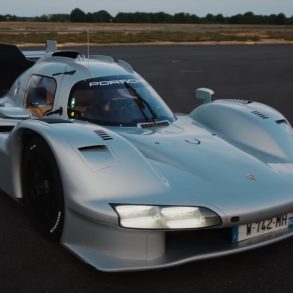In our series of looking back at the racing icons of history this month, in preparation of global motorsports returning in July 2020, our second article is about one of the most famous Porsche race cars of all time.
From the Grand Tour show, James May, or better known as Captain Slow or Mr Slowly, is handed a Porsche 917L to take for a little drive around a racetrack.
https://youtu.be/dQpflffL8rA
The history of the Porsche 917 is one filled with moments that simply would not happen today.
In a drive to secure public interest, Ferdinand Piech, Porsche’s Head of Motorsports in the 1960s, decided that the best way to gather said interest was to win a major race.
After about 5 minutes of searching, it was decided that Porsche would win Le Mans. And keep in mind, this is the old Le Mans. Not the smoothed out course of the modern era, but the old course with the infamous “Ligne Droite des Hunaudières,” or Mulsanne Straight in English, that stretched an incredible 3.7 miles with a mild right-hand kink and a small hill that saw some cars jump off the ground near the end.
In a bid to make the race safer than previous seasons, the ACO (Automobile Club de l’Ouest, the governing body of Le Mans) and the FIA both agreed in 1968 to limit engine sizes to 3.0 liters. However, a loophole was written in for those who had been developing cars using the old 5.0 liter regulations that if 25 road-going versions were made, an exception would be granted. At the time, Porsche had already designed and entered the 908 for that year’s race.
Porsche took advantage of this in one of the most remarkable moments in motorsports history. Cash strapped and unable to hire on more workers, Porsche literally went around the office, pulled everyone from the janitors, the accountants, the designers, even some VP’s and managers of divisions, and sent them all to the production floor.
In record time, this motley crew of both actual production workers and “secretaries” were able to pump out 25 Porsche 917 Straßenauto (literally German for “Road Car”). The moniker of the Porsche 917 “Secretaries Cars” was soon world-famous, and marked the start of a legend.
The FIA and ACO inspected the road cars and signed off that Porsche had met the loophole ruling that they never expected anyone to actually use. And so, the 917 was built and entered into the 1969 24 Hours of Le Mans.

To say it was an unmitigated disaster is an understatement.
One of the privateer 917’s entered into the race suffered a horrendous crash on Lap 1, instantly killing the car owner, John Woolfe. Due to the impact of the crash and the shearing forces involved, the fuel tank of the 917 was thrown from the car, exploding as it went, into the path of the field following the 917. It jammed under the body of a Ferrari 312P and caused that car to erupt into a fireball.
The driver of the Ferrari, Chris Amon, set off the onboard fire extinguisher and was uninjured, but retired from racing sports cars at the end of 1969 to pursue a Formula One career, which was “much safer.”
No 917 made it to the end of the race, with either crashes or mechanical failures causing issues. It was also discovered that while the 917’s were ridiculously fast in a straight line, reaching over 230 MPH, they were aerodynamically unstable and “twitchy as hell.”
Undeterred but running out of money, Ferdinand Piech used some of his leeway as Motorsports Director to hire John Wyer, a famous British aerodynamicist and race engineer that had helped develop the Ford GT40 Mk II, and his Gulf Racing Team to figure out what was wrong with the 917. After much testing, it was discovered that the shape of the cockpit of the 917 caused the airflow to not dip down to the rear wings effectively enough to produce downforce.
With the addition of a wing between the two trailing wings of the bodywork, and reworking the shape of the cockpit, the 917L, or 917 Langheck, was born.
There was also an evolution model introduced just months before the race that added a full wing above reshaped bodywork that was known as the Porsche 917LH, but very few of them made it into the race.
Entered into the 1970 race, Porsche saw almost immediate success, with the 917L’s setting the fastest speeds on the straights. After 24 grueling hours, Porsche finally achieved the outright win they were seeking, and it could not come a moment too soon.
To produce the 917L and ensure the worldwide promotion of the win, Porsche avoided bankruptcy by the slimmest of margins. As stated in the documentary, the 917L nearly broke the company apart.
But, thanks to the 917’s win, Porsche soon became a desirable brand. And with the Porsche 911 starting to garner interest, the company’s fortunes turned for the better.
In 1971, after an extensive prototype period and a “Garage 56” (unregulated) entry in the 1970 24 Hours of Le Mans, the Porsche 917K (or 917 Kurzheck) arrived with a completely reworked body shape influenced by the 917L.
And unlike 1969, the arrival of the 917K saw Porsche enter a period of motorsports dominance that made even the legendary Enzo Ferrari start to sweat a little.
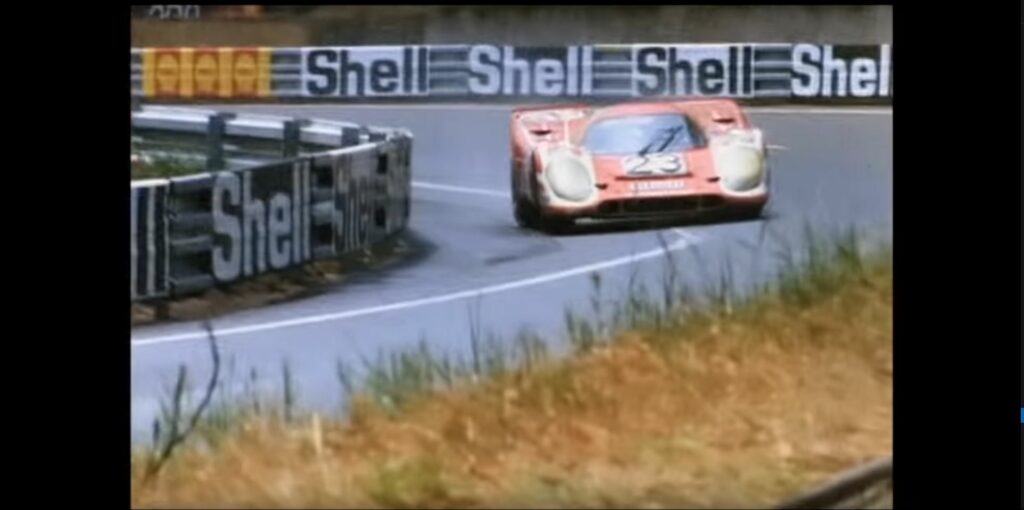
In the 1971 race alone, the Porsche 917K set a speed record that would stand for over 20 years, with 241 MPH recorded at the speed trap before the braking zone of the Mulsanne Straight. And because it was so fast, the 917K set a distance record of 3,315 miles, which wasn’t broken until 2010.
And, thanks to a small, little known movie star and director named Steve McQueen that was so impressed with the 1970 version of the car, the 917K became a household name through a small film called “Le Mans.”
Today, a Porsche 917L or 917K is an extremely rare and collectible car, with a valuation of $15 million US or more for one that no longer runs, and even higher for ones that do. Porsche owns many of the remaining 917’s, including a couple on display at the Porsche Museum. Only the few that have survived in privateer hands are rarely available for sale or auction.
In effect, the 917 was Porsche’s last gasp, last-ditch, everything including the kitchen sink gamble to promote their cars.
And, as we in the present are able to see, it worked. Porsche did indeed survive, and today makes some of the most useable, powerful, and exotic sports cars that someone can realistically own.



